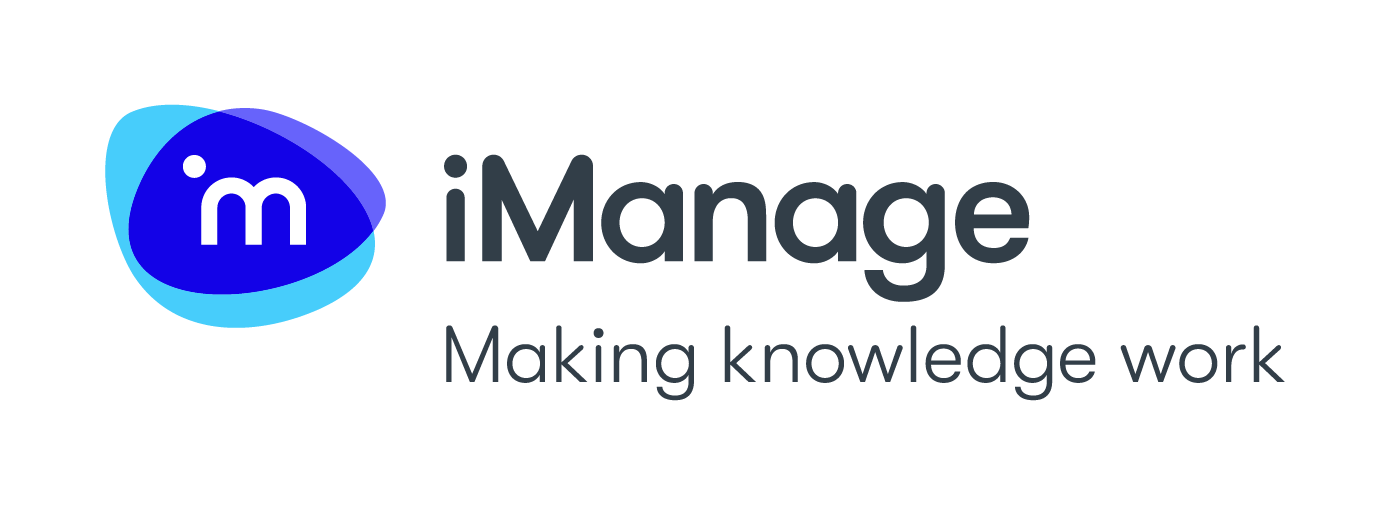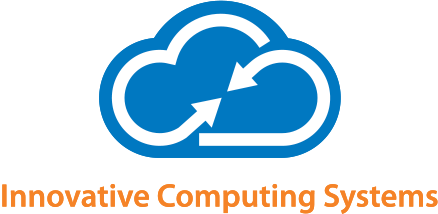Transforming the Law Firm Workforce with Robotics Process Automation
Category: Business Partner Articles
Mar
31
The demand for legal finance and administrative professionals has never been stronger, and the costs of attracting, training and retaining these highly sought-after individuals continues to skyrocket. The profession continues to evolve with increasing emphasis on regulatory matters, internal controls and data analytics—areas where professionals should focus their energy. Yet, these expensive and highly skilled workers often perform mundane, repetitive tasks which robotics could more easily perform.
The digital transformation of finance and legal operations has liberated professionals to focus on higher-value activities. It evolves continuously as organizations introduce, test and deploy new technologies. Introducing robotics process automation (RPA) can benefit a law firm by redirecting human capital to higher level activities and thus conserving its financial capital by having a robot perform less intellectually demanding tasks.
The cost-related benefits of outsourcing these services have diminished in recent years due to rising labor costs in markets such as India, Brazil and the Philippines. Presently there is strong global demand for these skill sets, resulting in high turnover rates and, consequently, organizations spend a great deal of time and money recruiting and training new workers. Rather than outsourcing the manual, repetitive and mundane tasks that make up a process, forward-thinking law and other professional services firms are employing robotics to automate them. Since outsourcing lower-level tasks is no longer as cost effective as it once was, law and other professional service firms are turning to RPA.
The first phase of an RPA project is to determine which activities are suitable for automation. Where are people spending significant time on “non-value-add” activities? Tasks that employees find tedious, yet require clear and exact manual steps, are the best tasks for RPA to perform. RPA can be used in more facets of the day-to-day tasks than a finance department might initially anticipate. Often, a law firm’s existing applications don’t “talk” effectively to each other. This is a common problem that RPA can help solve. Billing and invoicing—tedious and time-consuming tasks—can be automated by fully integrating the billing system with the time entry system.
A robot can quickly compile data for audits and other compliance testing, whereas it would take a human hours or days to collect the same data. Law and other professional service firms considering a new hire should also contemplate using RPA. Instead of hiring additional personnel, the firm may be able to redirect routine tasks from existing employees and automate them. Importantly, the goal of RPA is to optimize the workforce and technology already in place rather than to “rip out and replace” current technology. Users may not even be aware that their existing business applications already have embedded automation capabilities which can automate processes without significant additional investment in new software.
The major benefit of automating a full end-to-end business process is that companies often realize a significant return on any investment within a relatively short period of time. The primary RPA focus has been on the elimination of manual tasks and streamlining of existing processes. Beyond the obvious benefit of cutting costs or repurposing human capital, it is also important to ensure that you understand what you ultimately want to achieve. For example, are you focused on:
- Improving controls?
- Standardizing processes across groups and locations?
- Increasing scale and productivity?
Each of these questions factor into a law firm’s decision on which processes to choose and how quickly to automate them. It is important to ask the right questions and, at a minimum, to work with a partner who understands your particular law firm, its clients and precisely how RPA can automate routine tasks from finance, operations and all departments, so that your professionals maximize their contributions to your law firm.
Greg Fritsky is the National Director of Robotics, AI and Data Analytics within Process, Risk and Technology Solutions (PRTS) at EisnerAmper LLP. He has over 25 years of consulting, technology and internal audit experience. Greg serves as the robotics and intelligent automation leader internally and externally. He works with clients to enhance their business performance, making complex and challenging business processes into reliable and efficient activities. He may be reached at [email protected].
Amanda Ammerman, CPA is a Tax Manager and a member of both the Real Estate Services Group and the Law Firm Services Group at EisnerAmper LLP, with over five years of public accounting experience. She provides tax planning, compliance, review and advisory services for clients in various industries, including law firms, real estate partnerships and closely held businesses. She may be reached at [email protected].
Share this post:





















